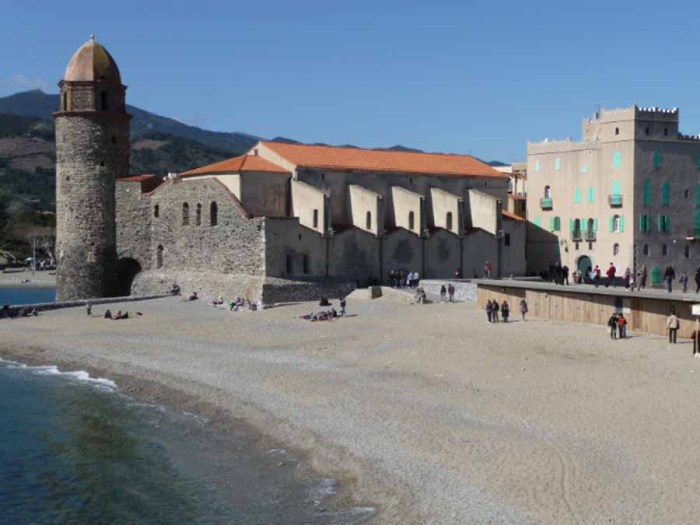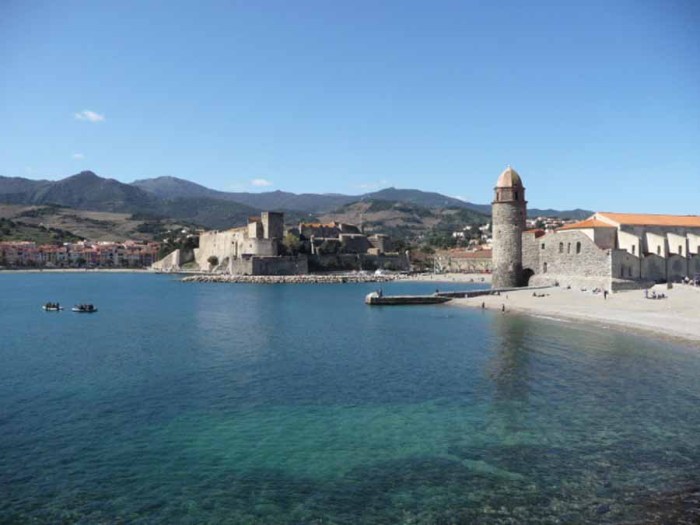
I drive Highway 49 south of Jackson often. One of the landmarks for this otherwise fairly boring stretch between Jackson and Hattiesburg is the Jesus Name Tabernacle near Florence (click on the link to hear a rousing gospel chorus), which bills itself as “A Lighthouse for the Lost.” The church building backs up this claim with its prominent tan-brick round tower, imitating a lighthouse. Glass blocks ascend the tower, intimating a circular staircase, and a glass block cross lights the upper wall below red-brick battlements and a smaller steeple-like tower that would normally hold a light in an actual lighthouse.
The construction and materials in the rest of the building say 1960s or maybe even 1970s to me, but I haven’t done any research to find out an exact date for this interesting building.

Lighthouses have a long tradition in the language of Christianity: Christ described Himself as “The Light of the World” (John 8:12) and He said to his disciples, “Ye are the light of the world” (Matthew 5:14). And in the parable of the Lamp Under a Bushel, Christ explained that just as a person wouldn’t light a lamp and promptly hide it, so the Christian should be filled with light that radiates to all around him. Other language that refers to light includes the dichotomy between sight and blindness and between light and darkness.
When I was in New Orleans recently, I found another lighthouse building, which I had presumed was a church, a stone’s throw from the more famous St. Patrick’s Cathedral (1838 by archt. James Gallier) on Camp Street. But in looking around a little on that vast construction we call the World Wide Web, I found that in fact, this building was the headquarters for The Lighthouse for the Blind, “a not for profit organization dedicated to serving the blind and visually impaired community by providing quality products, services, and opportunities for independence.” According to RoadsideAmerica.com, the lighthouse was added to an existing building in 1924, and was, of course, the group’s symbol. Googling Lighthouse for the Blind, I found that there are chapters in many larger cities, and at least some of them carry on the lighthouse theme, although none of the modern lighthouses are as impressive or on the same scale as this one (see for instance, St. Louis).
 These lighthouse buildings have old precedent, and I was fortunate enough to see firsthand on my trip to Collioure, France last year a church with a tower that served as a lighthouse, not just metaphorically but actually. The Notre-Dame-des-Anges (Angels), was built beginning in 1683 and incorporated a lighthouse as its bell tower. It stands behind a seawall that creates a breakwater and guards the bay, which was once a center of commerce. When we stood in the church, we could hear the water lapping at the base of the tower. Now that’s a lighthouse church!
These lighthouse buildings have old precedent, and I was fortunate enough to see firsthand on my trip to Collioure, France last year a church with a tower that served as a lighthouse, not just metaphorically but actually. The Notre-Dame-des-Anges (Angels), was built beginning in 1683 and incorporated a lighthouse as its bell tower. It stands behind a seawall that creates a breakwater and guards the bay, which was once a center of commerce. When we stood in the church, we could hear the water lapping at the base of the tower. Now that’s a lighthouse church!
Categories: Architectural Research, Churches, Cool Old Places



Interesting common thread! My memory says that the lighthouse church in Florence was one of the more recognizable Hwy 49 landmarks on our annual summer vacation drives from Vicksburg to the Mississippi Gulf Coast in the 1960s/early 1970s. Of course back then I would not have pondered the significance of the theological symbolism, only marked with excitement the signs of progress towards the beach!
LikeLike
Looking at it again, maybe the Florence church could even be 1950s. Maybe someone will jump on this post one day and tell us, or maybe I’ll get up off my duff and find out myself.
The beach! Who cares about anything else, especially when you’re a kid! It’s that time of year too, makes me want to drop everything and head down south!
LikeLike